Qinghefang Ancient Town & Dance Festival
Monday, November 28, 2011
 Hangzhou, Zhejiang, China
Hangzhou, Zhejiang, China
Hey Hey and a Big G'Day toya,
An old Chinese saying declares;
There is heaven above, Suzhou and Hangzhou below.
Hangzhou is an old city, and the modern streets sit where the rich Southern Song Empire residences and teahouses frequented by the politically powerful and wealthy in the city once stood. During the end of the Southern Song Dynasty and Yuan Empire eras, Hangzhou was one of the biggest and perhaps the richest city in the world and now is once again probably the richest city in China in terms of per-capita wealth.
Hangzhou was a refuge for the Song Dynasty clan when they fled the Jin Empire who conquered much area north of the Yangtze River. They made it their capital, and for a while, the city flourished and developed. It became a center for technical innovation and scientific research as the Song Dynasty technicians made world leading advances in several fields including chemical and mechanical engineering.
When the Mongols finally conquered the rest of the Song Empire, the city became opulently rich under the Mongol rule of the Yuan Empire. They inherited the extensive imperial architecture and Song urban planning and the Mongols encouraged foreign trade in the city and it soon became so rich that it astounded the widely traveled Marco Polo who described it as richest, most beautiful and noblest city in the world.
After the end of the Qing Empire (1864-1912), warfare razed whole sections of the city and hundreds of thousands of people left the city or died. After Hangzhou became a Special Economic Zone open to foreign investment and foreign companies in the 1990s, there was very heavy foreign investment in the area, and a lot of factories and business opened. In the past six years, rapid growth of high-tech industries and tourism has more than doubled the city’s GDP. Though it is much smaller than many other cities in China, it is China’s third largest market for luxury goods and trails only the super huge cities of Beijing and Shanghai.
The famous Song Dynasty poet, Su Dongpo (960-1127), once compared West Lake to Xizi who was the most beautiful woman in ancient China;
Rippling waters shimmering on a sunny day;
Misty mountains shrouded in rain;
Plain or gaily decked out like Xizi;
West Lake is always alluring.
Qinghefang Old Street
At the south end of Zhongshan Road is this fun and fascination bustling Pedestrian Street, with make shift puppet theatres, teahouses and curio stalls. Chomp on chewy southern Song Dingsheng Cake (Nansong dingsheng) a Chinese Burrito (Guicai Jianbing), pick up a hand carved stone teapot, or a box of Dragon Whiskers Sweets (longxutang), try your hand at a Song-era coconut throw, pose for a photo next to the statue of the prodigy laughing Buddha, covered in effigies of cavorting children, and pick up some ginseng or silk. It is also the home of several traditional medicine shops including the Huqing Yutang Chinese Medicine Museum which is an actual dispensary and clinic.
Originally established by the Qing Dynasty merchant Hu Xueyan in 1874, the medicine shop and factory retain the typical style of the period.
Qinghefang Old Street is one of the most historic streets in the city and reflects the Southern Song Dynasty’s architectural styles. Southern Song Dynasty reigned from 1127 AD to 1279 AD and the founder of this dynasty, Emperor Taizu also created a centralised system of governance which allowed him to have the concentration of power in his own hands. This period had many refined scholars and artists and most Qinghefang Street buildings are from the Ming and Qing dynasties. You will find several antique buildings and locally made crafts such as silk parasols, brocades, famous Zhang Xiaoquan scissors along with Hangzhou fans which are cherished all over the country.
Wu Hill & Cheng Huang Temple
Wushan is the most prominent hill south of Hangzhou’s old city area which is topped with a pavilion called Cheng Huang (Temple of the City God) which once stood at the foot of Wu Hill. The pavilion is seven floors high, has a wax museum, was constructed during the 1990’s, is of both Yuan and Ming styles and offers excellent views of West Lake and southern Hangzhou. The ninety four meter high evergreen hill stretches into the city area and is covered with gingko and camphor trees. Some of the camphor trees are around five hundred years old, some almost eight hundred years old.
The Xing Gang vegetarian restaurant, close to Yoga Summit, is a good option for lunch.
If you’re looking for a slice of Zen in your day, Yoga Summit would be a beautiful place to practice yoga. Set at the top of Wu Hill, the centre is part of the Cheng Huang Temple and Pagoda Scenic Area, a wooded hilltop spot overlooking the city and West Lake. The sunlight-strewn Qing Dynasty-style building could be mistaken for one of the area’s many classical pagodas dotted among the trees. For those that are interested, Hatha, Iyengar and Flow yoga are all taught along with a few exotic choices such as belly dancing and digestive therapy and from what I was told, ninety-minute classes are available in both English and Chinese.
Beers N Noodles toya…..shane
___________________________________________________________
The soundtrack to this entry was by Elliot Smith
The album was 'Self Titled’
____________________________________________________________
Other Entries

 Hangzhou, Zhejiang, China
Hangzhou, Zhejiang, China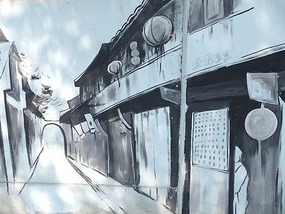
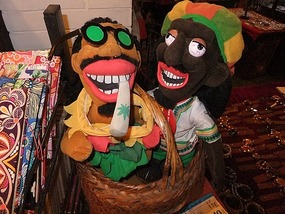
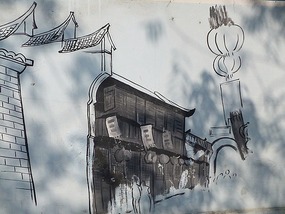
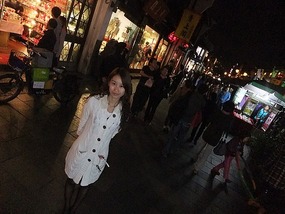
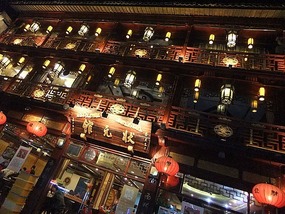
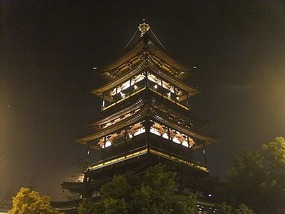
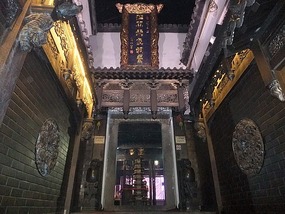
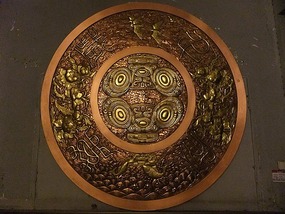
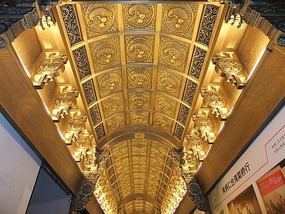
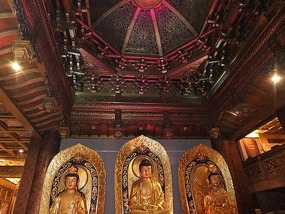
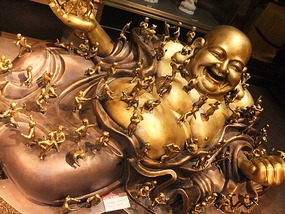
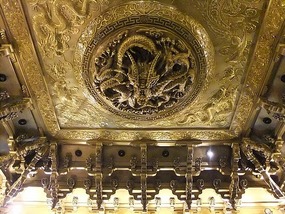
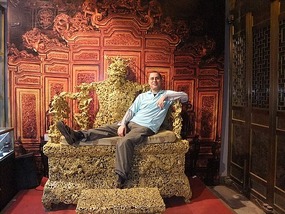
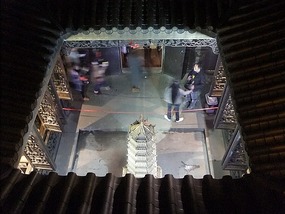

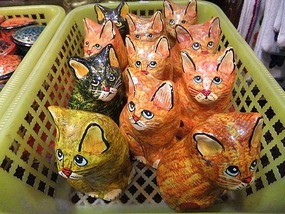
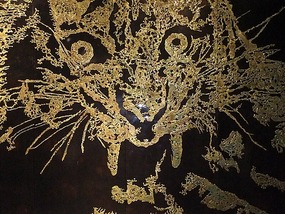
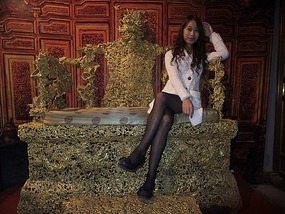
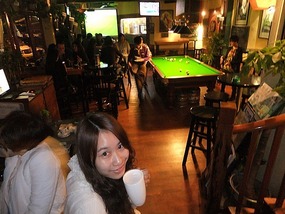

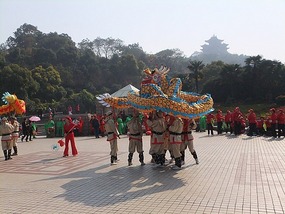
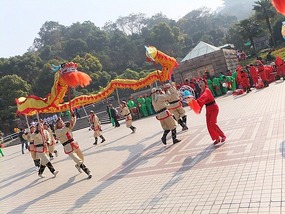
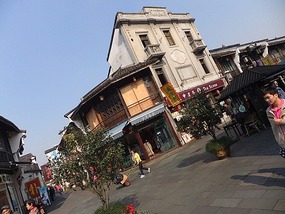
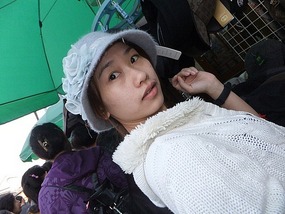
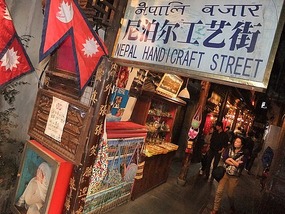
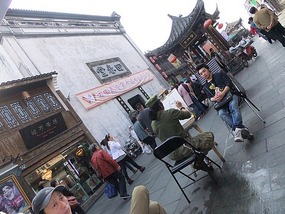
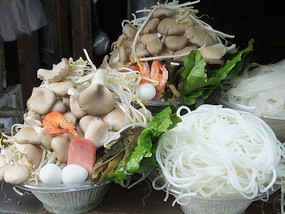
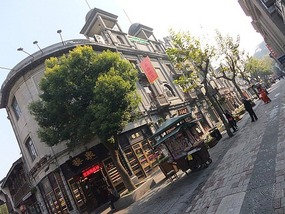
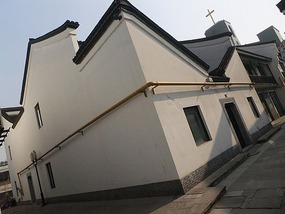
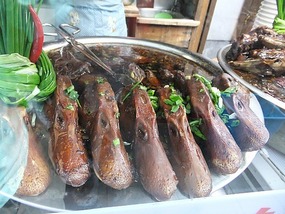
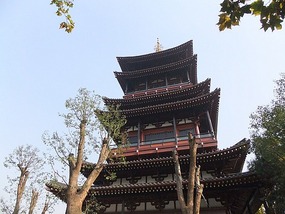
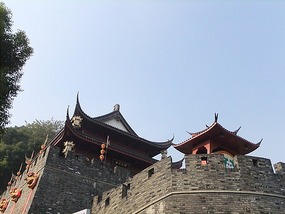
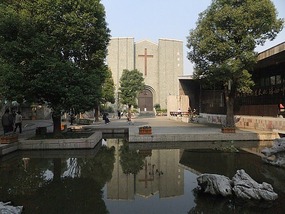
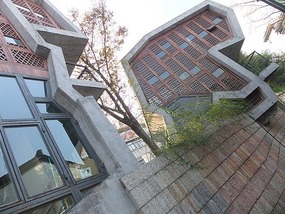
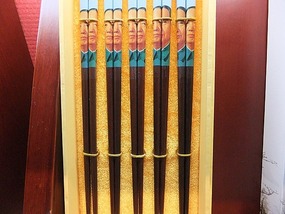
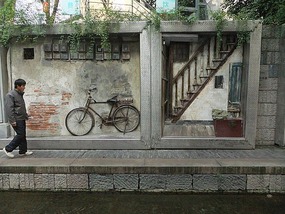
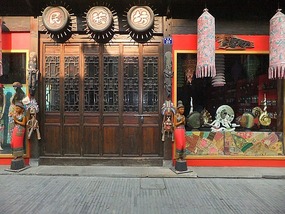
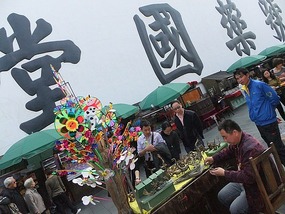
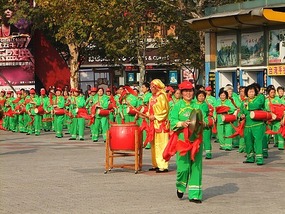
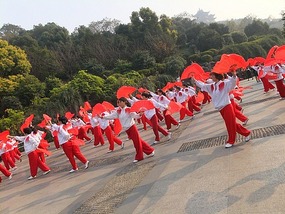

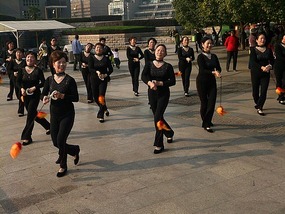
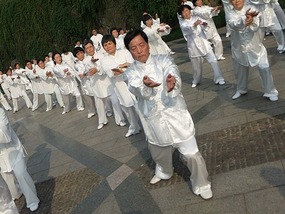
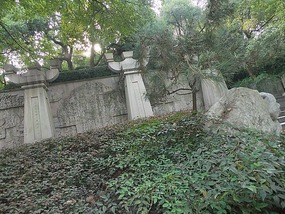
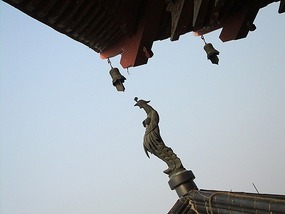
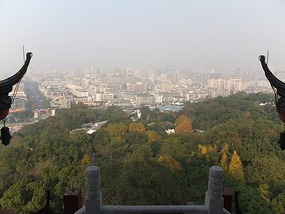
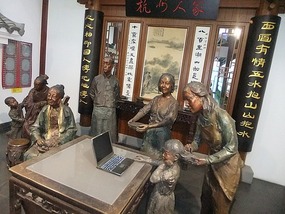

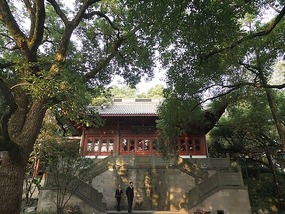
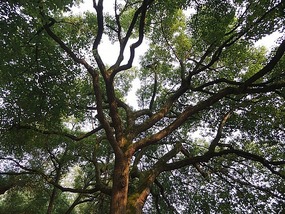
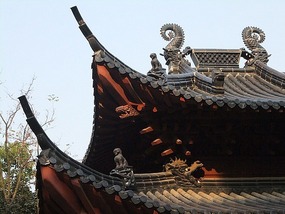
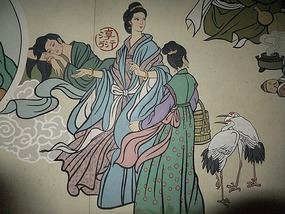
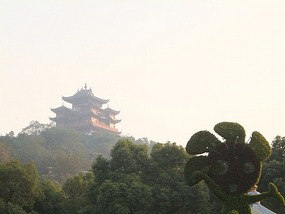
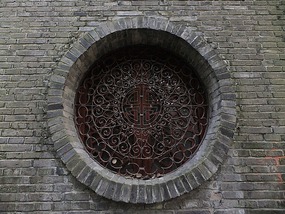
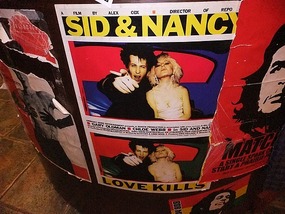
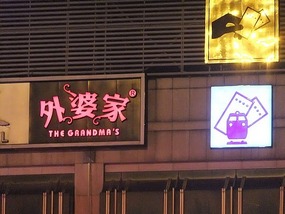
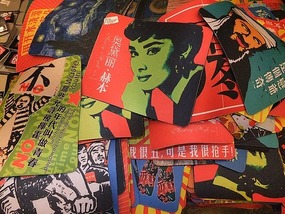
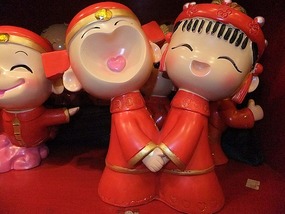
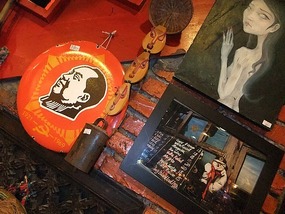
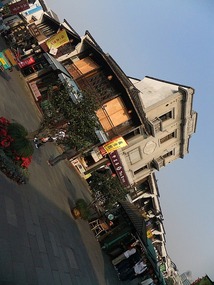

2025-05-22